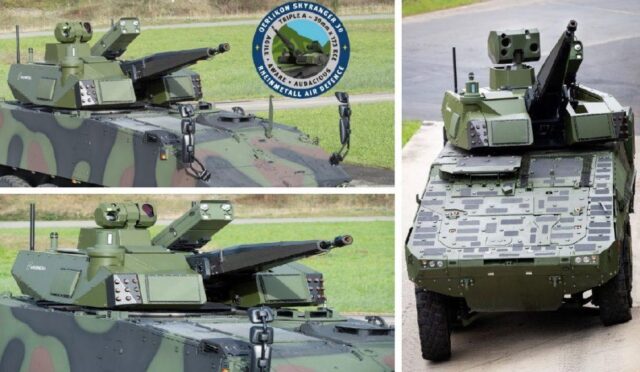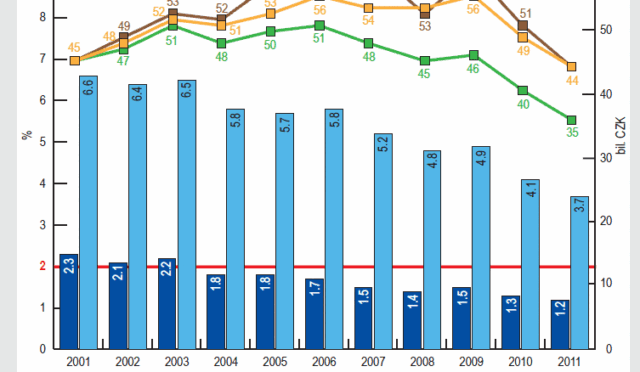Radio Frequency Directed Energy Weapon: A Cost-Effective Solution
In a bold move to address escalating expenses in counter-drone operations, the British Army has successfully trialed a groundbreaking radiowave weapon. Known as the Radio Frequency Directed Energy Weapon (RFDEW), this innovative technology is capable of neutralizing drone swarms at an astonishingly low cost—reportedly less than the price of a pack of mince pies.
The RFDEW operates by harnessing high-frequency waves to disrupt the electronic systems of drones, effectively bringing them crashing down. Each shot from this weapon is priced at just 10 pounds ($12.50), offering a protective range of up to one kilometer (0.6 miles) for military personnel and installations.
Successful Trials and Future Implications
The UK Ministry of Defence has confirmed that a prototype version of the RFDEW successfully disabled multiple drones during a recent live-fire test conducted in West Wales. Maria Eagle, the Minister for Defence Procurement and Industry, remarked, “The successful firing of the RFDEW is a significant advancement for a potentially transformative sovereign weapon for the UK.” This development marks a critical step in enhancing the nation’s defense capabilities.
Once operational, the RFDEW is poised to complement existing missile-based air defense systems and other costly counter-drone technologies. This integration could streamline defenses while ensuring effective protection against the evolving drone threat landscape.
Boosting Operational Readiness Amidst Challenges
The timing of the RFDEW readiness test comes at a critical juncture, with reports indicating that the UK military is currently deemed “unfit for war” and may only sustain high-intensity conflict for six months, similar to the ongoing situation in Ukraine. Nevertheless, the team behind the RFDEW is optimistic about its potential to significantly bolster the UK’s operational capabilities.
Program lead Matt Cork emphasized, “Getting this technology into the hands of our service personnel is immensely gratifying.” The collaborative efforts of the Defence Science and Technology Laboratory (Dstl) and Defence Equipment & Support (DE&S) have been pivotal in the rapid advancement of radio frequency technology.
A Shift Towards Economical Counter-Drone Strategies
Britain’s initiative to adopt more economical counter-drone solutions reflects a broader trend seen in the United States military, which is also striving to reduce its dependence on expensive drone neutralization systems. In April, William LaPlante, the Undersecretary for Acquisition at the US Department of Defense, disclosed that employing advanced air defense systems to tackle hostile drones can exceed costs of $100,000 per engagement.
Even non-state actors, such as Houthi rebels, have ridiculed their adversaries for spending exorbitant amounts on intercepting drones worth just $2,000. This disparity emphasizes the urgent need for cost-effective alternatives like the RFDEW to ensure military efficiency and sustainability.







